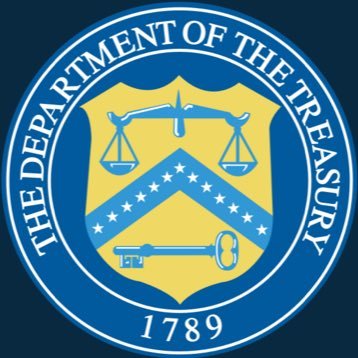On Monday, the U.S. Treasury released its Fossil Fuel Energy Guidance for Multilateral Development Banks. This will shape how the U.S. votes on energy-related projects proposed for MDB financing, and the approach it will advocate MDB staff take internally to pursuing and assessing potential projects.
What does the guidance say?
- It establishes a clear preference for clean energy: The U.S. will advocate that MDB staff prioritize clean energy, innovation and energy efficiency wherever possible. The U.S. will oppose any new coal projects, most oil projects, and upstream natural gas, as well as projects with policy reform components that directly support fossil fuel activities.
- But it leaves space to finance some natural gas plants if they meet four specific conditions:
- The project benefits IDA-eligible countries, fragile or conflict-affected states, or small island developing states.
- A ‘credible alternatives analysis’ demonstrates no economically and technically feasible clean energy alternative.
- The project has significant positive impacts on energy security, energy access, or development.
- And the project aligns with the goals of the Paris Agreement.
- And (critically) it leaves flexibility to support natural gas for clean cooking: Provided no cleaner options are available.
Some U.S. environmental groups are upset — but the approach is a good one.
Some environmental groups have criticized the guidance, arguing that by leaving any flexibility (however limited) to finance natural gas, the U.S. is failing to address the climate crisis and supporting a dangerous status quo.
A few points to keep in mind:
- Climate change is dangerous — so is energy poverty. Yes, climate change is already and will continue to have terrible consequences for lives and livelihoods. But pervasive energy poverty harms people’s health, stymies economic opportunity and job creation, and contributes to massive deforestation.
- The criteria for gas projects are stringent. This guidance makes clear that in its efforts to end energy poverty, the U.S. will prioritize support for clean technologies, as it should. It limits potential support for gas generation to the world’s poorest countries where electricity grids are limited and energy storage is not yet economically viable — places where, in certain situations, a gas plant can provide much-needed power that a wind or solar facility cannot. An across-the-board ban on natural gas in these countries might make a grand political statement — but it wouldn’t have a significant impact on global emissions, and in many cases would mean prolonging energy poverty. Treasury’s approach doesn’t write a blank check for fossil fuels. It prioritizes clean energy, innovation and energy efficiency wherever possible — and (while some details still need to be fleshed out), it lays out specific limited instances in which gas is necessary, and where the benefits outweigh the risks.
- This approach safeguards public resources. MDBs have a responsibility to use public funds to promote economic and social development. As a donor to five major MDBs, the U.S. has a responsibility to make sure that its taxpayer funds are used wisely and for the greatest benefit. This absolutely requires the U.S. to apply thoughtful limits to its support for fossil fuels around the world, but it also means ensuring that the global energy transition doesn’t require the world’s poorest countries to sit back and wait until the advanced technologies that even the U.S. and Europe cannot yet deploy at scale are available in their markets.
Six things I’ll be watching:
- How ‘credible’ does a credible alternatives analysis need to be? Implementation hinges largely on production of what the guidance calls ‘credible alternatives analyses’: project-specific assessments of whether any economically and technically feasible clean energy alternative exists. The U.S. has not established what that means, or what these analyses will need to require, leaving their ultimate impact unclear. But this can be remedied: Treasury should develop clear criteria for approval, and make these publicly available so client countries requesting the financing, and private entities looking to crowd in capital understand the rules.
- Will MDBs have the capacity to produce these analyses? Assuming the U.S. demands robust alternatives assessments, it’s unclear whether MDB staff will have the bandwidth to produce them. Treasury should consider the tools and resources it can provide to assist, particularly in the early stages.
- What does ‘‘alignment with Paris” really mean? Requiring that projects “align with the goals of the Paris Agreement” has become a widely used (but poorly defined) catchphrase. Treasury should develop a clear rubric for assessing alignment with Paris, and make that definition publicly available.
- Where is the off-ramp? One risk of new fossil fuel development is that countries will end up locked-in to a carbon-intensive system that is increasingly uneconomic. Any support for gas generation should be coupled with support to help countries chart a decarbonization pathway that maximizes economic and social gains, and mitigates the risks of carbon lock-in.
- Is this policy a paper tiger? The U.S. has developed a thoughtful, nuanced policy — at least on paper. But given the pressure to end fossil fuel finance, it could be killed by private signals and incentives within the MDBs themselves. If MDB management or the Board make clear to staff that bringing gas projects forward will slow or block a path to staff promotion, very few projects will ever actually get through. The U.S. should work to ensure that this guidance is ultimately more just than a diplomatic statement.
- Finally, how will borrowing countries react? We’ll be watching to see how IDA-eligible countries respond, as well as markets in which the U.S. will no longer support gas assistance.

